Last week we talked about having the courage to haul out the annuals to make way for the spring bedding. This meant having to be swift and decisive.
Herbaceous perennials on the other hand require the opposite treatment, they need patience.
A key element to ensuring you get a great show of flowers from your borders (or pots, plot etc) is to allow the foliage of herbaceous plants the full time they need to naturally dieback in autumn.
Maximise energy
Herbaceous perennials are characterised typically as plants which lack a woody stem, where the above ground growth dies back (or more typically is cut back) in autumn. The root systems below remain dormant over winter. These then burst back into life in spring when sufficient moisture and temperature levels are reached in the soil, pushing up fresh stems to kick the process off all over again.
Most plants that live for more than three years are classed as perennial. This differs from their counterparts of annuals where the plant grows, flowers, sets seed and dies in one year.
Go yellow
Biennials are where the plant grows and produces foliage in the first year, then flowers, sets seed and dies in the second year. By giving the foliage on your herbaceous perennials a chance to go yellow then brown and starting to die off; what you are actually doing is to maximise their energy stocks for next year.
The more time the leaves have to photosynthesize at a time when sunlight length and quality is constantly dwindling, the better. The plants are recharging their batteries so to speak by sending those vital sugars and starches created in leaves, down to the root systems.
Lift and split herbaceous plants
Before they go completely brown and unrecognisable, you have a unique window to lift and split your herbaceous. This will help boost it in another way as well as giving you more plants for free.
I’m screeching to halt here though because we will actually discuss this topic next week in Part 2 (what a tease I am eh?)
The big chop
Once all your herbaceous plants are at the stage where they are looking brown, tatty and/or bit sorry for themselves then it’s time for the big chop. There are many arguments as to how the best or most effective way to do this is. Many use good old secateurs, minding not to chop too wildly in about blindly held foliage or you could lose a finger!
That may sound a tad dramatic but I’ve seen more incidents with secateurs at herbaceous cutting back time than any other!
Thankfully no trips to ARI yet though. There are some who use more novel tools like a Japanese rice sickle to hold the foliage at the bunched foliage at the top then slice liberally at the bottom of the stems.
On a larger scale, I’ve heard of people using a scythe (nice and environmentally friendly) or what we do at Pitmedden Garden in the lower garden is to use the flail mower.
This may seem like overkill but actually it works very well. What used to take a good couple of days can now be done in a couple of hours.
As well as this, the flail put on a high setting will liberally chop the foliage in nice sized shredding’s which we then leave on the beds over winter as a mulch.
Magic mulch
This mulch helps on several levels. It helps to reduce ‘capping’ of the soil over winter. This is when constant rain, frost or snow conditions cause the soil to form a hard crust which needs to be forked over in spring to loosen it up, else the newly pushing up herbaceous shoots struggle.
The mulched shredding also cut down on the number of pesky germinating weed seeds that appear in early spring because the layer of mulch blocks vital light they need to grow.
Fear not, your herbaceous will easily push up through a layer of mulch if it is not applied to liberally. A layer around 50-75mm is ideal.
Yet another benefit of the mulch is it will retain moisture and heat in the soil below which means that the herbaceous will begin popping up quicker than a soil left naked above and hence it will grow faster and likely stronger, especially if also given an extra wee sprinkle at spring time of top dressing like loam, compost or leaf mould just the plants are away to shoot up. Do this every spring and you’ll have consistently happy plants.
Take care and happy gardening.
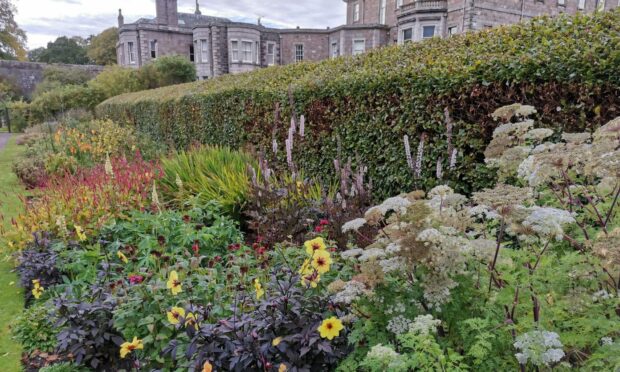
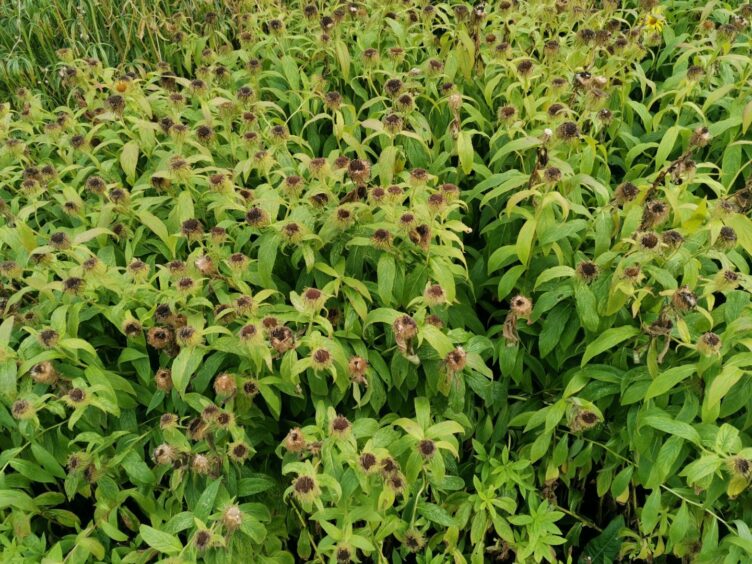
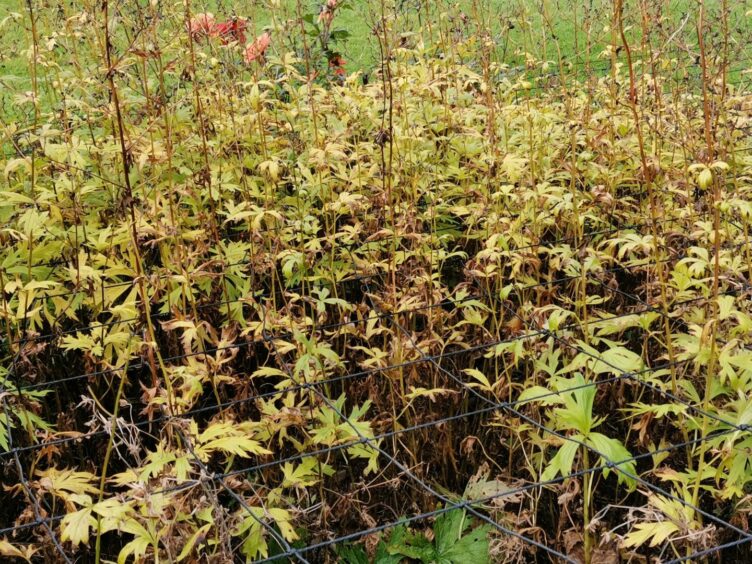
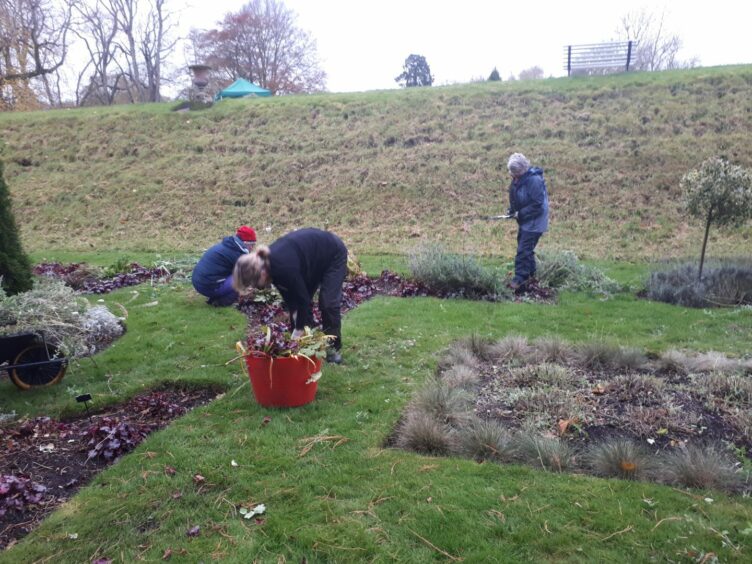
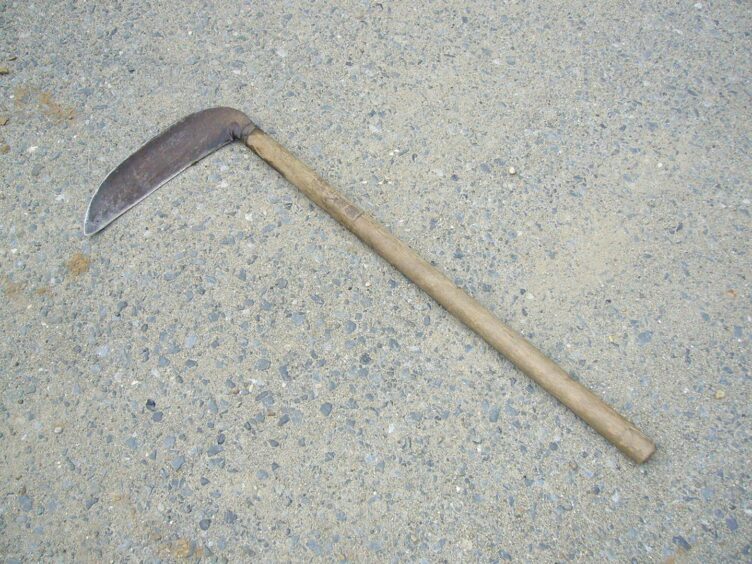
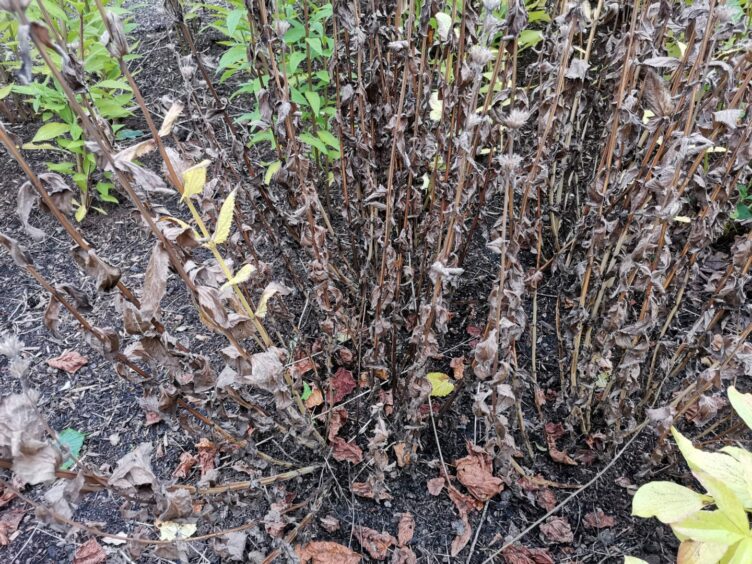
Conversation